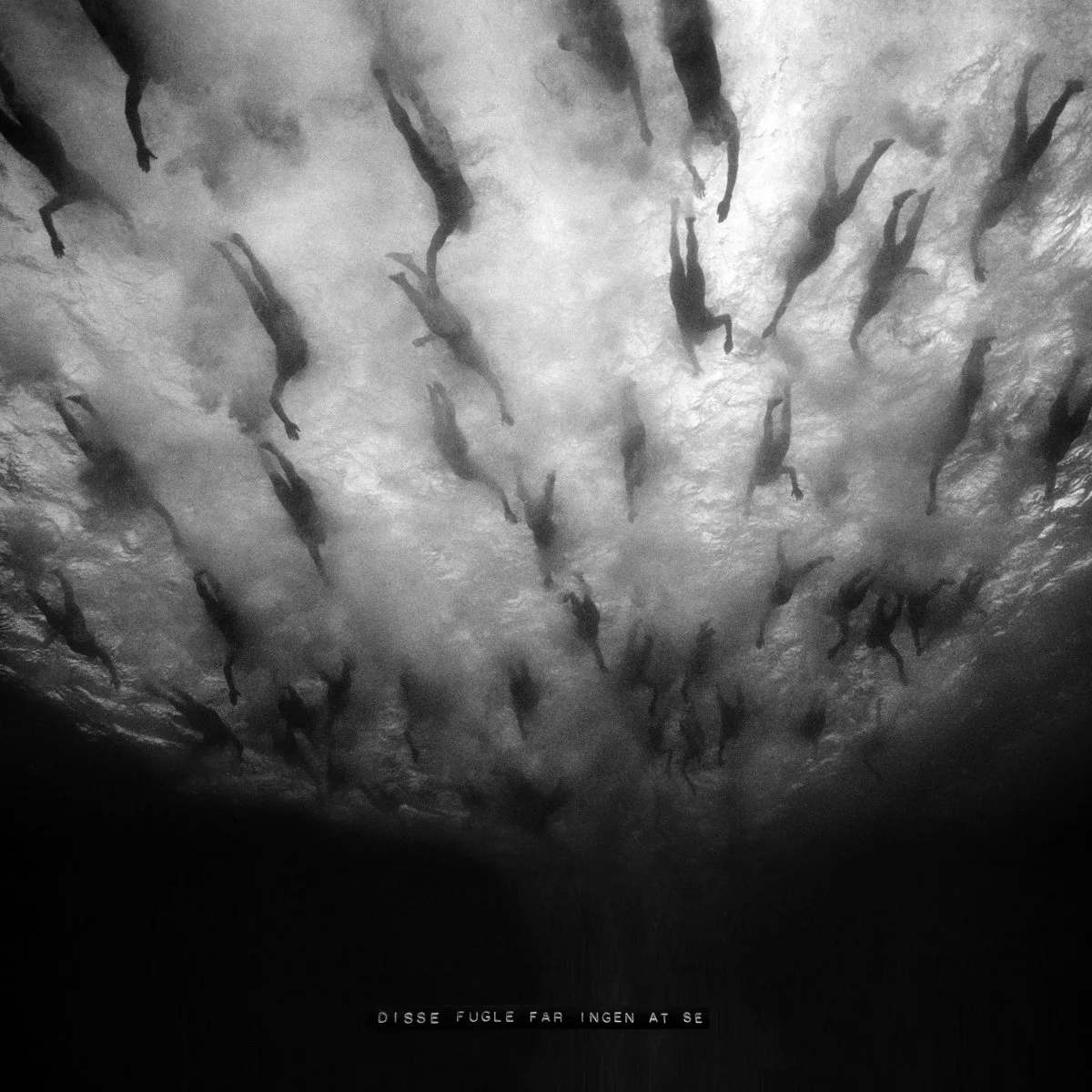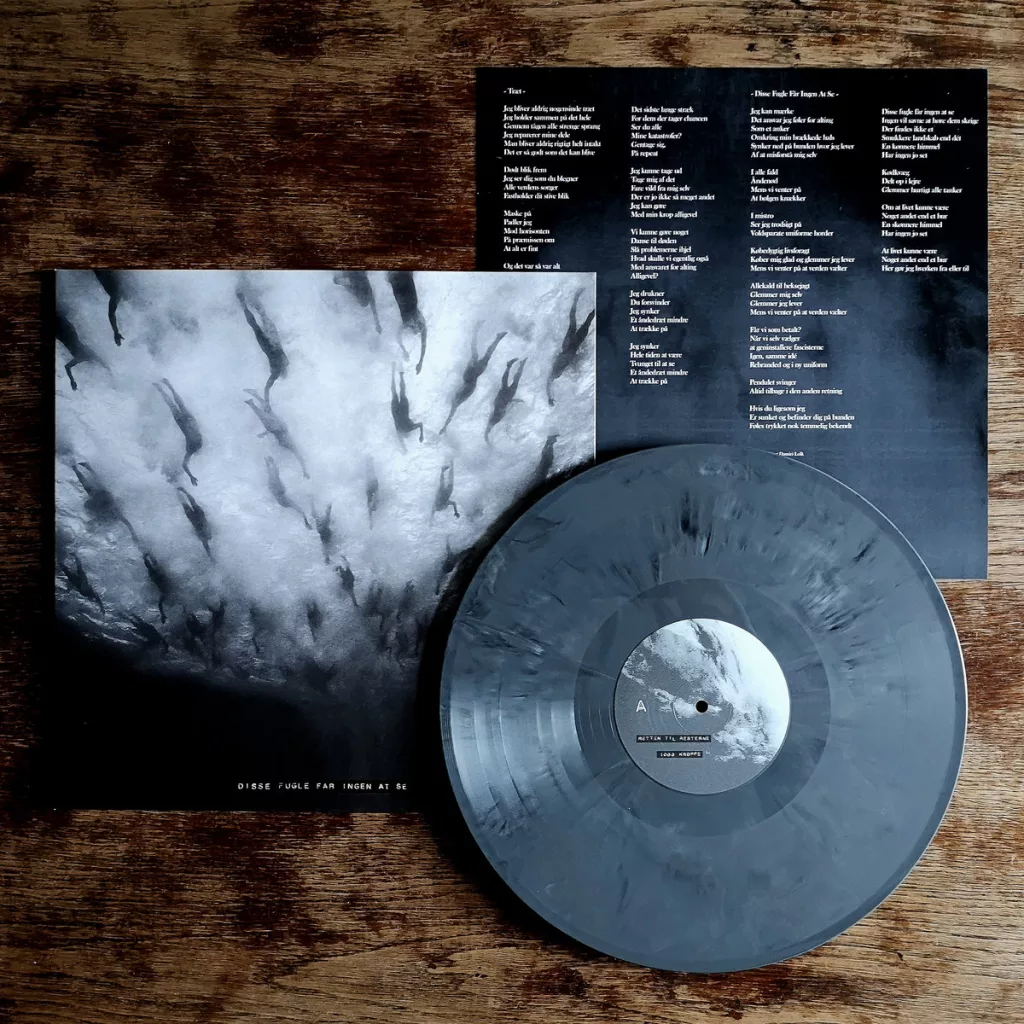Review: Morild – Disse Fugle Får Ingen At Se

Vendetta Records has become a flagship in contemporary black metal. Their latest relese, “Disse Fugle Får Ingen At Se” has the same hhg quality as one can expect. The albums feels like standing on a fjord-edge at twilight, the silence broken by desolate birdsong and frostbitten wind. Morild have crafted an album that leans into Scandinavian black metal’s atmospheric vein, blending melodic swells, doomy weight, and lyrical melancholy into a haunting journey.
From the first sound, “Retten Til Resterne”, there is a sense of ruin in their air, as the guitars drape in reverberation, vocals float between despair and distant clarity, the tremolo picking both mourns and asserts. The follwoing “Træt” stretches mood over time: layers of guitar and bass build thick, synths glimmer faintly, the pulse of drums anchoring the swirl. In “1000 Kroppe” the melodies sharpen, heft increases, the album’s emotional core emerges in contrast between light and shadow.
The title track blossoms with ambition: “Disse Fugle Får Ingen At Se” spans slightly more than fifteen minutes, moving through hushed interludes, moments of quiet reflection, then surging back into blackened force. It is here that Morild’s compositional patience shines: they allow spaces between storms, letting stillness accumulate power rather than fearing silence. Doom-tinged riffs ride in with weight, but never overstay their welcome; each burst of intensity feels earned.
Production suits the mood, giving room for atmosphere without letting it dominate. Guitars have frost-etched harmonics, bass resounds deep and grounded, drum work is steady, often ceremonial. The vocals are hushed in the low moments, then tortured in louder ones and mixed so they feel part of the space, not placed over it. Ambient undercurrents add depth rather than distraction.
Lyrically and thematically, the album carries a sorrowful reflection. The sense of birds who see nothing, of loss, of witnesses to decay, is ever present. The Danish titles feel native to the mood; there’s authenticity in the sorrow, not performance. The thematic continuity helps: path, ruin, birds, bodies are all elements that recur, binding tracks together into a cohesive whole.
The heavier moments of the songs are powerful, but the contrast between calm and force at times predictable. Also, while mood is strong, hooks, be them melodic or memorable riffs, rarely seize you immediately: they reveal themselves slowly, allied to patience.
In its best moments, this album lingers: the way a chord fades, the whisper of a guitar lead, the rustle of ambient wind. In its weaker, more static passages, one waits more than feels driven. Still, those best moments are enough. It is atmospheric, mournful, well-constructed.
